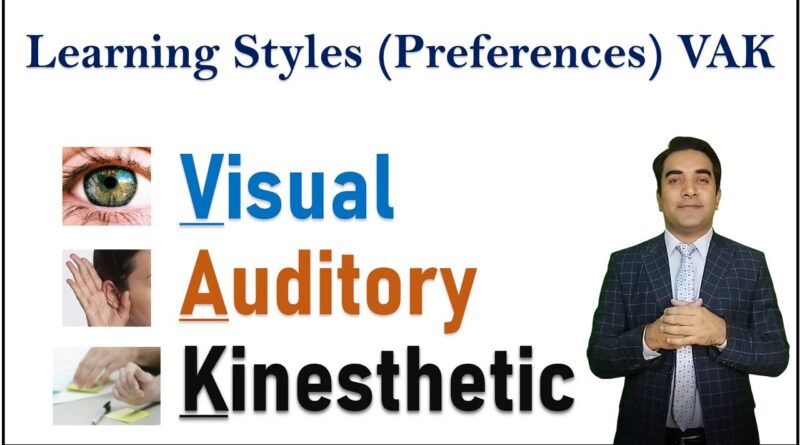Kinesthetics
In a world inundated with screens and sedentary lifestyles, the concept of kinesthetics emerges as a beacon of hope, offering a holistic approach to learning and performance enhancement. Kinesthetics, also known as kinesthetic learning or tactile learning, emphasizes the role of bodily movement in the learning process. It champions the idea that physical engagement enhances cognitive functions, allowing individuals to absorb information more effectively and perform tasks with greater proficiency. From classrooms to athletic fields, and even in everyday activities, the principles of kinesthetics offer transformative potential. Let’s delve deeper into this fascinating concept and explore its implications for education, skill acquisition, and overall well-being.
At its core, kinesthetics acknowledges the intricate connection between body and mind. It posits that physical movement is not just a means of exercise but a fundamental aspect of how we perceive, process, and retain information. When we engage our bodies in learning activities, whether through hands-on experiences, interactive simulations, or physical exercises, we activate multiple sensory channels simultaneously. This multisensory approach enhances neural connectivity, facilitating better comprehension and memory encoding.
In educational settings, kinesthetics challenges traditional teaching methods that rely predominantly on auditory and visual stimuli. It recognizes that not all students learn best through lectures or reading assignments. For kinesthetic learners, active participation is essential for meaningful comprehension. These individuals thrive when given the opportunity to manipulate objects, conduct experiments, or enact scenarios. By incorporating movement-based activities into lesson plans, educators can cater to diverse learning styles, fostering greater inclusivity and engagement within the classroom.
The benefits of kinesthetics extend beyond academic achievement. Research suggests that physical activity enhances cognitive functions such as attention, problem-solving, and creativity. By integrating movement breaks into the learning routine, educators can rejuvenate students’ focus and productivity. Simple exercises like stretching, dancing, or yoga can serve as effective tools for energizing the mind and body, creating a conducive environment for optimal learning outcomes.
Moreover, kinesthetic learning aligns with the principles of experiential education, which emphasizes learning by doing. When students actively participate in hands-on activities, they develop practical skills that are applicable beyond the classroom. Whether building a model, conducting a science experiment, or practicing a musical instrument, kinesthetic experiences reinforce theoretical knowledge with real-world application. This approach not only enhances retention but also cultivates problem-solving abilities and fosters a deeper understanding of concepts.
In the realm of sports and physical training, kinesthetics plays a pivotal role in skill development and performance optimization. Athletes rely on kinesthetic awareness—the ability to sense and control body movements—to excel in their respective disciplines. Through deliberate practice and movement-based drills, athletes refine their motor skills, coordination, and proprioception. They learn to synchronize body movements with spatial awareness, timing, and precision, thereby enhancing their athletic prowess.
Coaches and trainers leverage kinesthetic feedback to provide athletes with valuable insights into their performance. By observing and analyzing movement patterns, they can identify areas for improvement and tailor training regimens accordingly. Video analysis, motion capture technology, and biomechanical assessments are among the tools used to assess and refine athletic techniques. Through targeted interventions and corrective exercises, athletes can optimize their movements to achieve peak performance while minimizing the risk of injuries.
Beyond formal education and athletic training, kinesthetics influences various aspects of daily life. From culinary arts to performing arts, manual dexterity and body awareness are essential for mastering skills and expressing creativity. Whether kneading dough, painting a canvas, or playing a musical instrument, individuals engage in kinesthetic activities that stimulate sensory perception and motor coordination. These experiences not only bring joy and fulfillment but also contribute to personal growth and self-expression.
Furthermore, the therapeutic benefits of kinesthetics are well-documented. Physical activities such as dance, yoga, and martial arts offer not only physical but also mental and emotional benefits. They promote relaxation, stress relief, and emotional regulation, enhancing overall well-being. Additionally, kinesthetic interventions are increasingly used in rehabilitative settings to aid recovery from injuries or neurological conditions. Through targeted exercises and movement therapies, individuals can regain mobility, improve balance, and restore function.
Incorporating kinesthetics into everyday life requires a shift in mindset—one that values movement as integral to learning, creativity, and wellness. Parents, educators, and employers alike can promote kinesthetic principles by creating environments that encourage physical engagement and experiential learning. Whether through active play, kinesthetic teaching strategies, or workplace wellness initiatives, there are myriad opportunities to harness the power of kinesthetics for personal and professional development.
Conclusion
Kinesthetics offers a holistic approach to learning and performance enhancement by integrating physical movement with cognitive processes. By engaging the body and mind in tandem, kinesthetic learning enhances comprehension, retention, and skill acquisition. From classrooms to athletic fields, and beyond, the principles of kinesthetics have the potential to revolutionize how we teach, learn, and thrive in a dynamic world. Embracing kinesthetics not only enriches educational experiences but also promotes lifelong health, creativity, and self-discovery.
